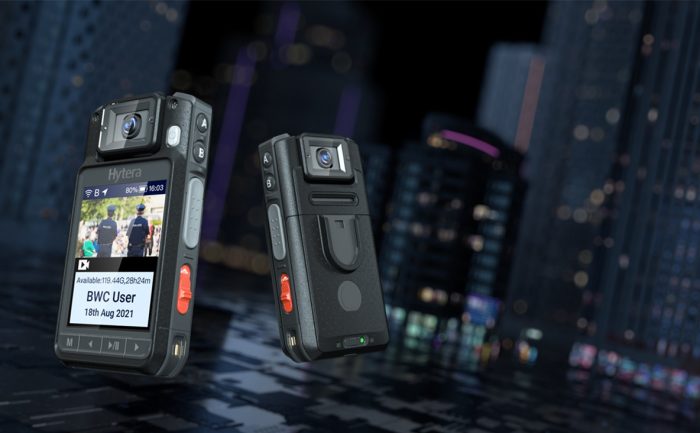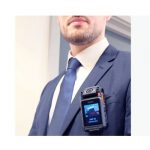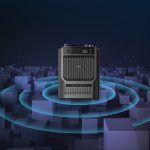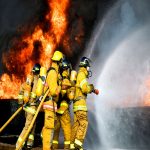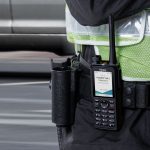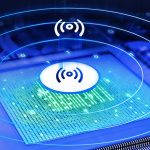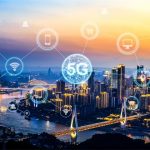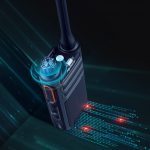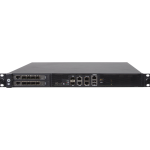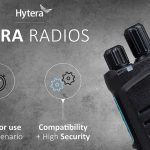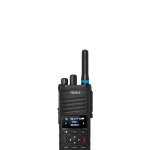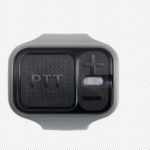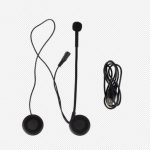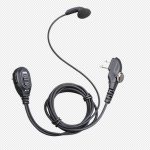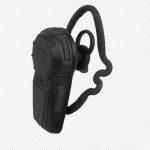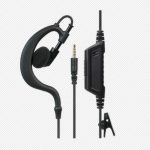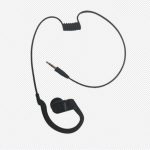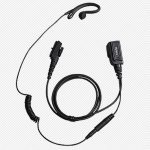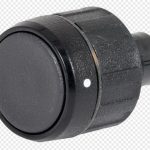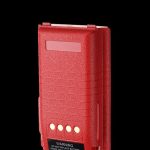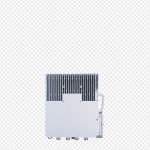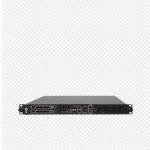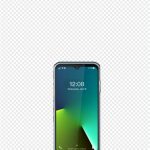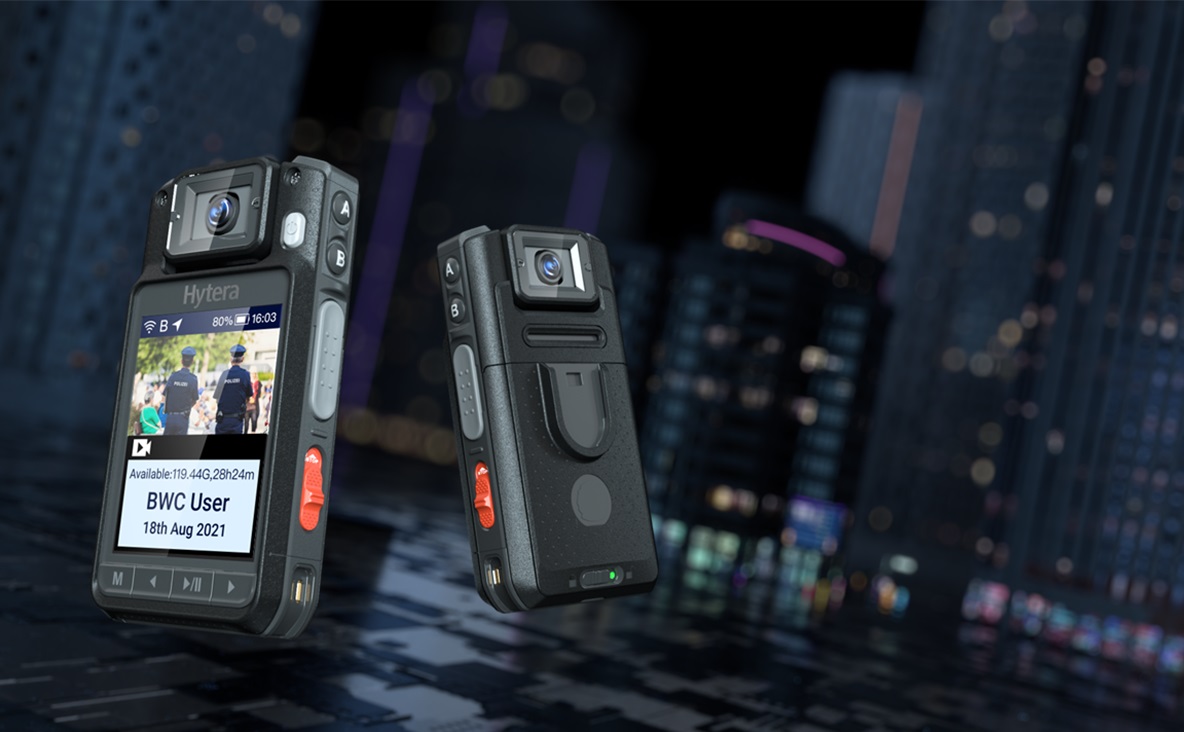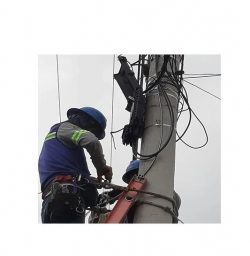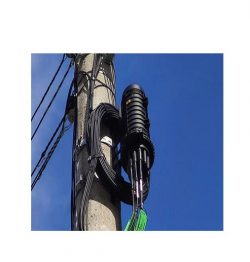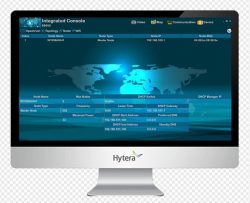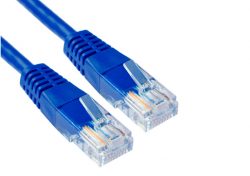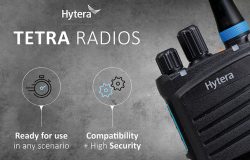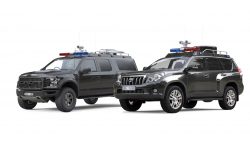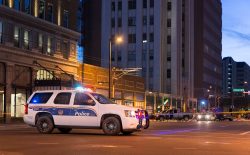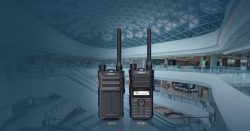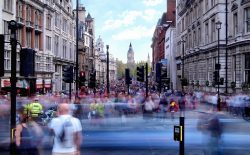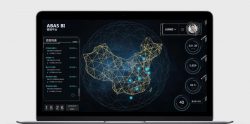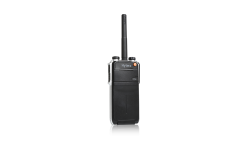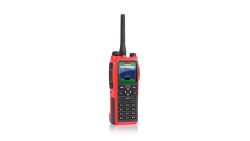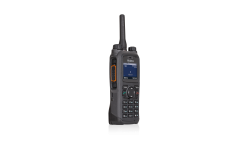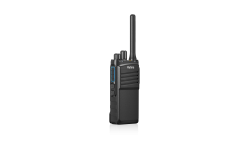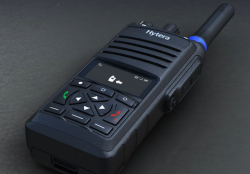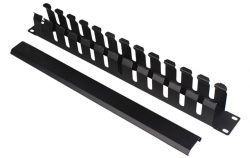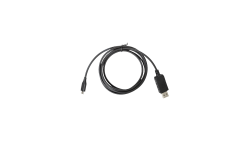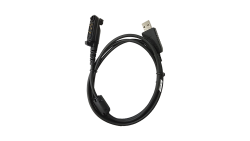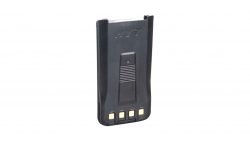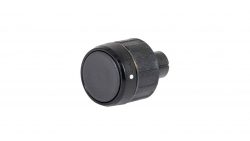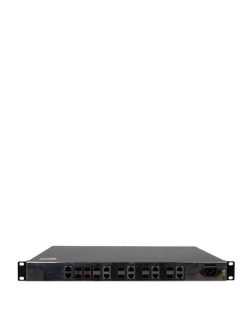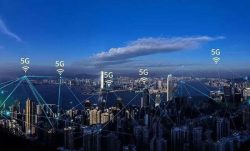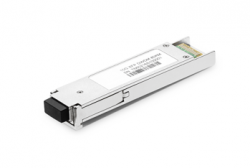What is Body-Worn Camera?
The Body-Worn Camera (BWC), also known as body-worn video or bodycam, is a wearable audio, video, or photographic recording system. They are typically worn on the officer’s uniform or helmet and used by police officers to record their daily routine, and evidence from law enforcement scenes. Evidence recorded by bodycam can help prevent and resolve controversial complaints brought by members of the public; and improve police transparency, performance, and accountability. It is a highly effective resource, providing unchangeable audio and visual records of interactions that capture critical evidence in the event of a crime, police-citizen interaction, or use-of-force incident.
Who Can Wear a Body-Worn Camera?
Bodycams are usually used by police, fire-fighting department, and ambulance services, but they are also fit for prison staff, security officers, healthcare workers, railway workers, traffic wardens and parking attendants, etc. Bodycam helps everyone involved to be more professional and safer.
How does Body-Worn Camera Work?
Body Worn camera is a small camera that usually can be clipped onto a police officer’s uniform. Bodycam is capable of recording video and audio, which is uploaded via a docking station on a local storage device or via a web-based digital media storage platform where it can be encrypted and managed accordingly. The bodycam also provides law enforcement with a mobile surveillance tool to promote police safety and efficiency and deter crime. Modern bodycams are smaller, lighter, and increasingly sophisticated in the type of features they now support including; full HD video quality, micro gimbal stabilization, starlight night vision, AES-256 Encryption, intelligent scene selection, and NFC-enabled ID switchover, integration with wearable equipment and even the ability to stream live footage to command center and other devices.
Why is Body-Worn Camera Important?
Better Transparency
Bodycam brings better transparency and accountability and improves law enforcement legitimacy. When there is a lack of trust and confidence exacerbated by questions encountered during some law enforcement scenarios, such as violent demonstrations, and protest riots, audiovisual footage captured by bodycam provides better documentation to help confirm the nature of events and support accounts articulated by officers and the public.
Quicker Resolution
Bodycam leads to a faster resolution of complaints and lawsuits that allege excessive use of force and other forms of officer misconduct. Investigations of cases that involve inconsistent accounts of the encounter between officers and citizens are often found to be in the dilemma. This maybe decreases the public’s trust and confidence in law enforcement and increase perceptions that claims of abuse brought against officers will not be properly addressed. Audiovisual footage captured by body-worn camera may help corroborate the facts of the encounter and result in a quicker resolution.
Corroborating Evidence
The video and audio captured by the bodycam can be used as critical evidence in arrests or prosecutions. Audiovisual footage captured by BWCs will help document the occurrence and nature of various types of crime, reduce the overall amount of time required for officers to complete paperwork for case files to corroborate evidence presented by prosecutors.
Do You Need a License to Wear a Bodycam?
Generally speaking, when Bodycam is used for evidence recording, it does not need a license, but the platform for evidence collection and management requires a license. For example, when Hytera Bodycam is used for mobile video surveillance services, the Hytera Hytalk Sight requires BWC to have a license to access. On the other side, when the bodycam is used with the two-way radio, the two-way radio also needs a frequency license.
